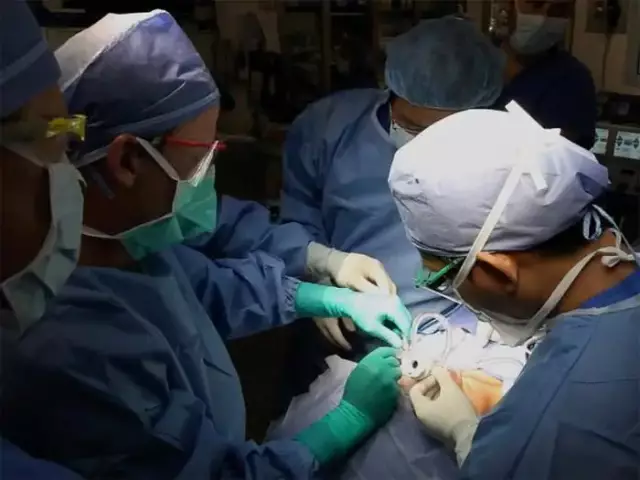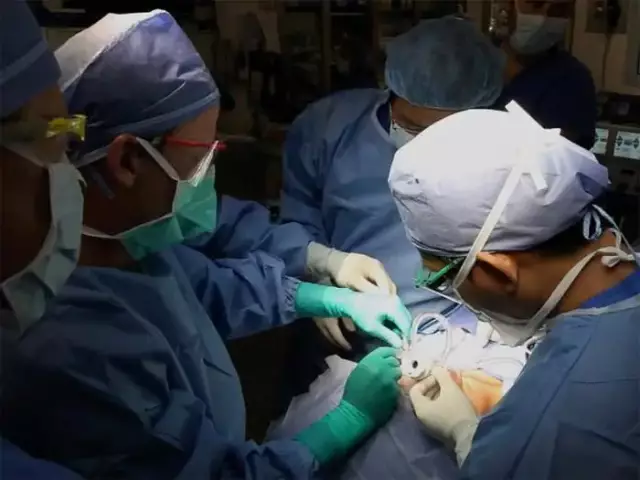- Author Rachel Wainwright [email protected].
- Public 2023-12-15 07:39.
- Last modified 2025-11-02 20:14.
Urography

Urography is performed to study the condition of the kidneys: the patient is injected with contrast and X-rays are taken. For this reason, this method of studying the state of the kidneys is called contrast urography. The method is based on the ability of the injected contrast to delay X-rays: first, the dye accumulates in the kidneys, then it is released by the organs of the genitourinary system, and this makes it possible to assess their condition.
Prescribe urography for patients with suspected kidney stones, urinary tract infection, in the presence of blood in the urine, which can signal acute inflammation or cancer, with damage to the urinary tract.
Distinguish between overview, intravenous, excretory urography.
Plain urography
This is the name of the X-ray examination of the kidneys, with the help of which tumors, parasitic diseases, foreign bodies and kidney stones are diagnosed, and often this is the first examination that is prescribed to a patient if he suspects pathologies of kidney function.
Survey urography makes it possible to study the state of the kidneys, starting from their upper poles and up to the beginning of the urethra.
An overview urography is prescribed in cases where it is necessary to additionally study the bones of the skeleton, the shadows of the kidneys, their shape and location, to assess the general condition and functionality of other urinary organs: the bladder, ureters.
Excretory urography
The technique is based on the excretory function of the kidneys and most of the images are taken at the moment when the kidneys begin to emit contrast.
Excretory urography allows you to assess the intensity and time of filling the pelvis, bladder with fluid, the shape, size, uniformity, location of stones and found neoplasms (cysts, tumors), structural features of the bladder and other organs of the urinary system.
Intravenous urography
This method of contrast urography consists in injecting contrast into a patient with an empty bladder and taking pictures while the kidneys take it from the blood and accumulate it: in the first two minutes, after 4-5 minutes. and after another 7 minutes. after the introduction of contrast.
Radiographs obtained after intravenous urography display the kidneys, pelvis and ureters, bladder, and prostate gland. With the help of intravenous urography, it is possible to identify tumors, cysts, stones, enlargement of the renal cavities (hydroureter, hydronephrosis), pathological wrinkling and stretching, hyperplasia of the tissues of the organs of the genitourinary system.
Preparing for renal urography
Usually, before urography of the kidneys, the patient is prescribed to donate blood to study its biochemical composition - this is how renal failure is excluded, in which examination cannot be carried out.

Two days before the urography, the patient is advised to exclude foods that cause excessive gas formation from their diet.
Food is not allowed three hours before the procedure. If the doctor considers it necessary, you can take a laxative the day before.
Before undergoing renal urography, the patient must inform the doctor about the medications he is taking, about the presence of an allergy to iodine preparations.
Immediately before the examination, you must remove objects containing metal: jewelry, glasses, prostheses, etc.
The procedure is painless and lasts no more than one and a half hours. The patient can be in a supine position or in a standing position.
Contraindicated contrast urography for pregnant and lactating women.
Side effects of contrast urography
Side effects rarely occur after the procedure, but the following patient reviews are recorded:
- after the introduction of contrast, warmth is felt, after irradiation - the taste of iron in the mouth;
- the reaction to contrast is manifested in the form of a transient mild rash, swelling of the lips. In some cases, the patient was prescribed antihistamines.
- decreased blood pressure, breathing problems;
- renal failure suddenly developed.
Found a mistake in the text? Select it and press Ctrl + Enter.






